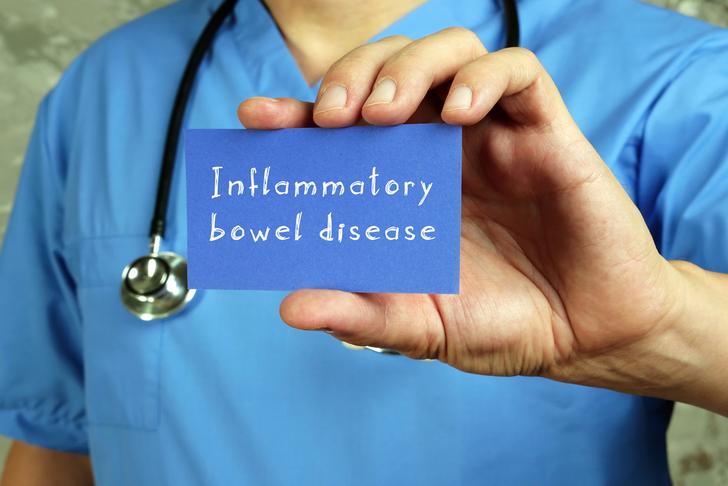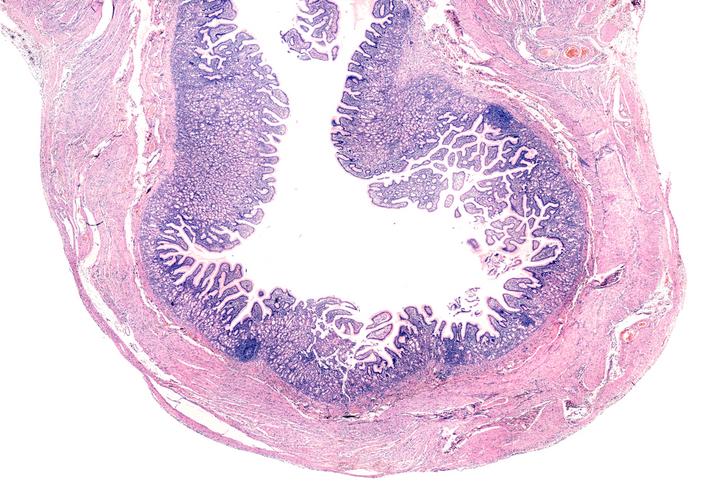10 Causes of Bloody Stool
Bloody stool can be a concerning symptom, but it is important to remember that not all causes are life-threatening. This article will discuss 10 common causes of bloody stool, their symptoms, and potential treatments.
Hemorrhoids
Hemorrhoids are swollen veins in the lower rectum and anus that can cause pain, itching, and bleeding during bowel movements[[1]]. They are a common cause of bloody stool and can be treated with over-the-counter creams, lifestyle changes, or medical procedures in severe cases.

Advertisement
Anal Fissure
An anal fissure is a small tear in the lining of the anus that can cause pain and bleeding during bowel movements[[2]]. Treatment options include increasing fiber intake, using stool softeners, and applying topical medications to promote healing.

Advertisement
Diverticular Disease
Diverticula are small pouches that can form in the lining of the digestive system, most commonly in the colon. Diverticular disease occurs when these pouches become inflamed or infected, causing symptoms such as abdominal pain, fever, and bloody stool[[3]]. Treatment may include antibiotics, pain relievers, and dietary changes.

Advertisement
Angiodysplasia
Angiodysplasia is a condition in which blood vessels in the gastrointestinal tract become abnormally enlarged and prone to bleeding[[4]]. This can result in bloody stool, anemia, and fatigue. Treatment options may include medications to constrict blood vessels, endoscopic procedures, or surgery in severe cases.

Advertisement
Peptic Ulcers
Peptic ulcers are open sores that develop on the lining of the stomach or small intestine, often caused by bacterial infection or long-term use of nonsteroidal anti-inflammatory drugs (NSAIDs)[[5]]. Symptoms can include abdominal pain, nausea, and bloody stool. Treatment typically involves medications to reduce stomach acid and antibiotics to treat bacterial infections.

Advertisement
Inflammatory Bowel Disease
Inflammatory bowel disease (IBD) is a group of disorders that cause chronic inflammation in the digestive tract, including Crohn’s disease and ulcerative colitis[[6]]. Symptoms can include abdominal pain, diarrhea, weight loss, and bloody stool. Treatment options may involve medications to reduce inflammation, dietary changes, and surgery in severe cases.

Advertisement
Ischemic Colitis
Ischemic colitis occurs when blood flow to the colon is reduced, causing inflammation and injury to the colon lining[[7]]. This can result in abdominal pain, diarrhea, and bloody stool. Treatment typically involves addressing the underlying cause of the reduced blood flow, such as dehydration or medication side effects.

Advertisement
Colorectal Cancer
Colorectal cancer is a malignant growth that begins in the colon or rectum and can cause symptoms such as changes in bowel habits, abdominal pain, and bloody stool[[8]]. Early detection is crucial for successful treatment, which may include surgery, radiation therapy, and chemotherapy.

Advertisement
Gastroenteritis
Gastroenteritis, also known as stomach flu, is an inflammation of the stomach and intestines caused by a viral, bacterial, or parasitic infection[[9]]. Symptoms can include diarrhea, vomiting, abdominal pain, and bloody stool in severe cases. Treatment typically involves rest, hydration, and over-the-counter medications to manage symptoms.

Advertisement
Meckel’s Diverticulum
Meckel’s diverticulum is a congenital abnormality in which a small pouch forms in the small intestine, and it can cause symptoms such as abdominal pain, vomiting, and bloody stool[[10]]. Treatment may involve surgery to remove the diverticulum if complications arise.
In conclusion, there are many potential causes of bloody stool, ranging from mild to severe. If you experience bloody stool, it is important to consult with a healthcare professional to determine the cause and appropriate treatment.

Advertisement
Symptoms
A bloody stool can be a symptom of several health conditions, ranging from minor to potentially serious problems. It’s important to know that the blood in your stool may not always be visible; sometimes, it can only be detected through laboratory testing.
The symptoms associated with bloody stool can vary greatly depending on the underlying cause. Here are some common signs and symptoms that may accompany bloody stool:
Changes in bowel habits
Diarrhea, constipation, or narrow stools that last more than a few days
Dark, tarry stools
Bright red blood in stool or on toilet paper after wiping
Abdominal pain or discomfort
Bloating or a feeling of fullness in the abdomen
Unexplained fatigue or weakness
Sudden weight loss
Nausea or vomiting (especially if the vomit appears to contain blood or looks like coffee grounds)
It’s important to note that not all these symptoms will be present in all cases of bloody stool. If you notice blood in your stool or any significant changes in your bowel habits, you should consult a healthcare provider promptly to determine the cause and appropriate treatment.
Advertisement
Treatments
The treatment for bloody stool depends on the underlying cause. Once a healthcare provider has determined the reason for the bleeding, they can recommend appropriate treatment. Here are some possible treatments for conditions that might cause bloody stools:
Hemorrhoids: Over-the-counter creams or suppositories, a high-fiber diet, and warm sitz baths can help relieve symptoms. In some cases, a hemorrhoid may need to be removed surgically.
Anal fissures: These small tears in the lining of the anus can often be treated with over-the-counter creams or ointments that relax the muscle around the anus (sphincter). Increasing fiber in your diet can also help.
Gastrointestinal bleeding: The cause of the bleeding needs to be determined. Once the cause is identified, treatments could range from medications to control acid in the stomach, endoscopic procedures to stop the bleeding, or surgery.
Diverticular bleeding: This is often treated with intravenous fluids, blood transfusions if the bleeding is severe, and sometimes surgery.
Colon polyps or colorectal cancer: Polyps can usually be removed during a colonoscopy. If the bleeding is due to colorectal cancer, treatment options include surgery, chemotherapy, and radiation therapy.
Peptic ulcers: These are typically treated with medications to reduce stomach acid and protect the lining of the stomach and duodenum.
Advertisement
Conclusion
In conclusion, experiencing a bloody stool should always be considered as a serious symptom that necessitates immediate medical attention. It’s vital not to overlook or dismiss this sign, as the spectrum of potential underlying causes spans from mild conditions like hemorrhoids to more severe issues, including gastrointestinal bleeding or colorectal cancer. The accompanying symptoms may not always be noticeable or consistent, reinforcing the need for a thorough medical evaluation upon observing any blood in the stool or changes in bowel habits.
Promptly seeking medical advice facilitates accurate diagnosis through various investigative methods and thereby ensures the most suitable treatment plan can be implemented, whether that involves dietary modifications, over-the-counter solutions, prescription medications, or in more severe circumstances, endoscopic interventions or even surgery.
As we wrap up, remember that early detection and prompt treatment are instrumental in enhancing the prognosis for many health conditions. Therefore, should you notice blood in your stool, it’s imperative to consult with a healthcare professional without delay. Ensuring your well-being is about being proactive and attentive to your body’s signals, and taking swift action in response.

Advertisement





